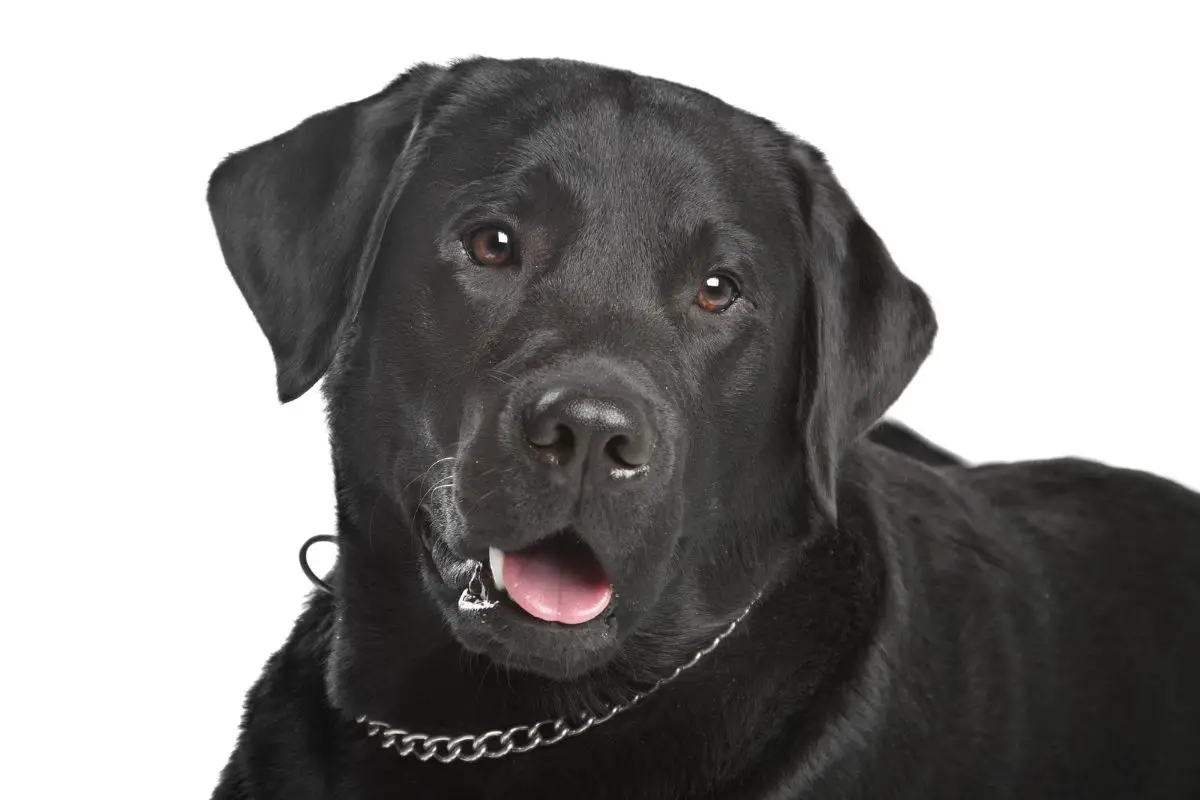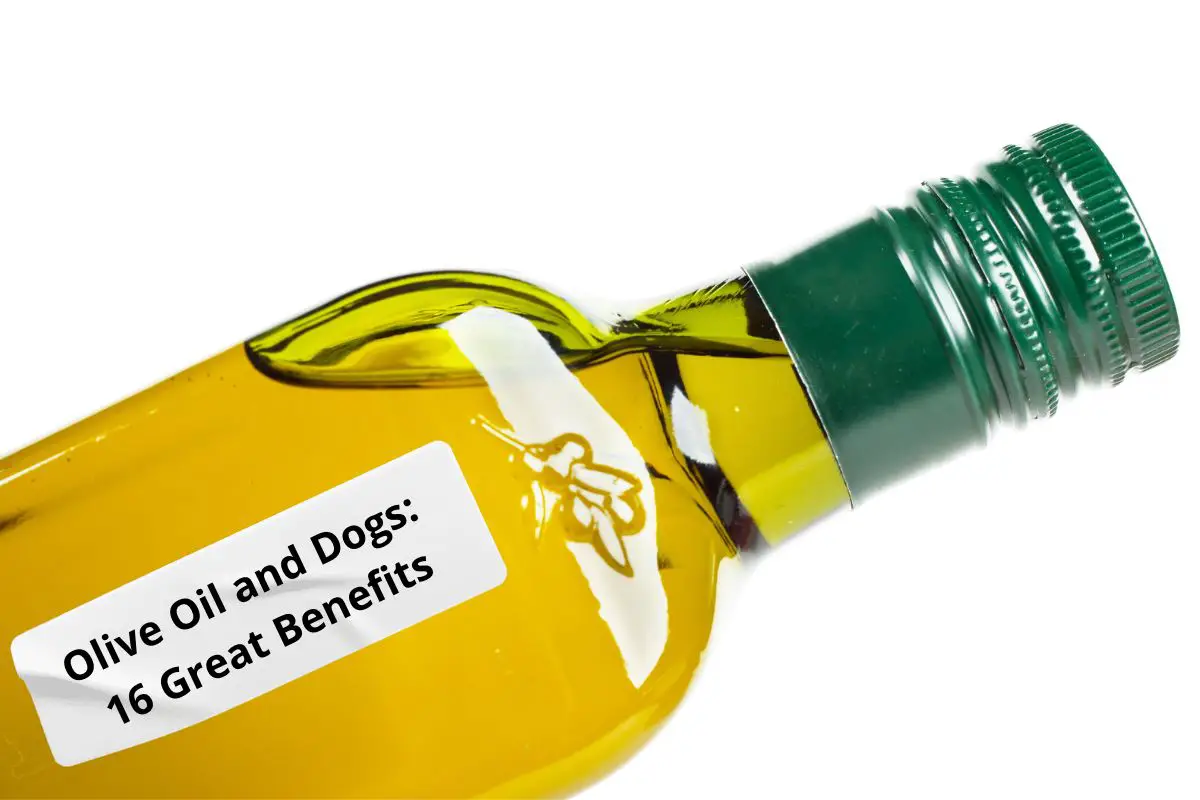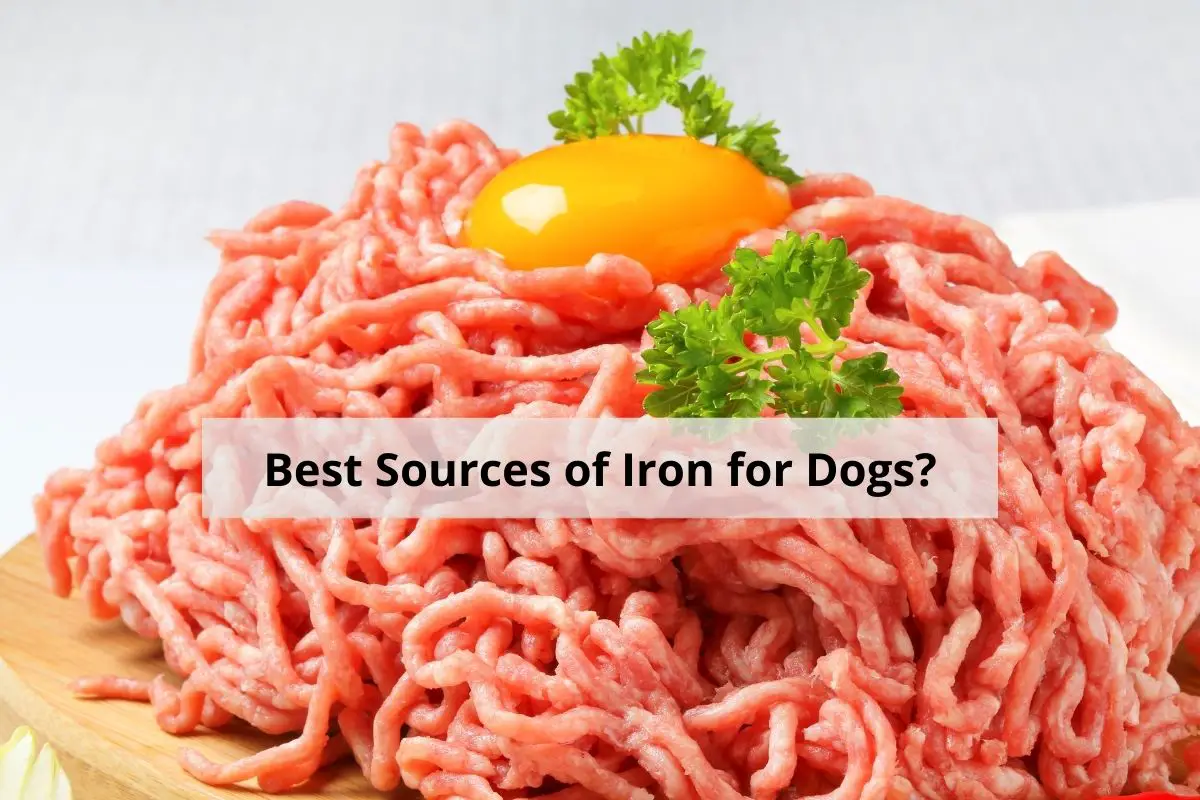This post contains affiliate links.
Dogs are just marvelous creatures in our households. They bring us joy and happiness with all their play and antiques. When it is mealtime, they will do just about anything to get the extra snack in their bowl. Often, people question: will ants in dog food hurt my dog?
An occasional ant or two in dog food will not hurt your dog. However, some dogs do not eat their food if they find ants crawling in it. Also, ants tend to bite and can irritate your dog. They can also cause trouble if they get into your dog’s eyes and noses.
This article will discuss dog food and the precautions to take for keeping away ants while storing and serving dog food.
Table of Contents
What Can Happen if Your Dog Food Is Infested With Ants
It’s unlikely that ants in your dog’s food will hurt your dog. As you have understood that dogs have a carnivorous disposition, and since ants are one of the largest sources of proteins, a few ants in your dog’s food should not harm him.
Having said so, you also need to understand that the ants in your dog’s food would have scavenged contaminated places and brought dangerous microorganisms in it. This can lead to food poisoning or any other disease to your dog.
At times, dogs are also fidgety and do not want to eat food infested with ants. In case the ants get into the eyes and nose of your dogs, it can be a serious problem for your pet. The effects can range from simple irritation or sneezing to bigger problems like allergy and blindness. Fire ants are known to cause severe inflammations to dogs.
If your dog food is infested with ants, it can go bad in the long run. The texture of dog food may change, or it may start to smell bad. If you are unaware of ants in your dog food, you may end up serving spoilt food to your dog, leading to health problems. So on an overall, though a few ants in your dog food will not cause a difference, it is better to avoid them in your dog food.
Tips to Avoid Ants in Your Dog Food
There are several things you can do to avoid ants in your dog food. Below is our list of recommendations towards it:
- Store pet food in airtight containers. This will ensure that ants cannot get into it.
- Clean the area near food storage and the feeding place. Ants get attracted when they find food particles lying around. Since ants are attracted to smell as well, clean the feeding place regularly with soap and water. This will also remove the ant trail smell.
- Place your dog’s food bowl on a shallow plate of water. This will act as a moat for the bowl and keep ants away. You can do the same for your food storage containers.
- In case your dog feed is infested with ants, use cornstarch to drive them away. Pour the dry dog feed in a large open container and sprinkle edible corn starch in it. Toss the dog food and let it stay for a few hours. This will detach ants from the kibbles. Use a hairdryer or sieve out the extra corn starch.
- You can also keep the dry dog food in the sun for a few minutes to drive out the ants.
- For wet or canned food, open the packet just before feeding your dog and finish the contents at the same time. If you need to store it, buy a few can lids or put them in airtight containers.
An Overview of Dog Food
Dog food is specially formulated for dogs and is intended for their consumption. Dogs, in general, are omnivorous creatures with a carnivorous bent. They have strong, sharp, pointed teeth with shorter intestines like in carnivores.
Hence their anatomy and physiology are suited for meat consumption. Certain dogs can also digest starch and glucose as some dogs can produce amylase – to break down carbohydrates into simple sugar.
Commercial variety of dog food is made of animal feed grade constituents. They are available in three forms:
- Dry food: Consisting of 6-10% moisture by volume
- Canned food: Consisting of 60-90% moisture by volume
- Semi-moist food: Consisting of 25-35% moisture by volume
Dry Food
Dry dog food pieces are also known as kibbles. It is available in bags and is the main type of dog food consumed worldwide. It is manufactured through the extrusion process. Food material is placed in a barrel and heated to above 100 ºC (212°F).
A metal die attached at one end of the barrel. The heated food material is extruded through the die using a helical screw at the other end of the barrel. It is cut in the desired size by a rotating fly knife at the outer side of the die.
The advantages of dry food are:
- They are cost-effective
- Can be easily stored and fed to dogs
- Energy-dense
The disadvantages of dry food are:
- Dry food is Taurine deficient.
- At times dogs tend to ignore dry food.
- It can contain grains, not suitable to dogs with grain allergies.
- It contains preservatives.
Canned Food
Usually, wet food is available in canned form. Canned food is steam sterilized and has higher protein or fat content when compared to dry food. Wet food is manufactured by putting all ingredients in a tank from where it is forced out and heated until it reaches 77 ºC (170.6°F). Once cooked, the mixture is canned and sealed.
The advantages of canned food are:
- Preferred by dogs and easier to eat.
- Higher nutrient content.
The disadvantages of canned food are:
- Have a shorter shelf life.
- Expensive as compared to dry food
- Linked to the weight gain in dogs.
Semi-Moist Food
These are custom made food available for dogs in general and in specific needs. They come in vacuum-sealed packs and may or may not require refrigeration. These are semi-cooked food and are vulnerable to being spoiled.
The advantages of semi-moist food are:
- Very popular with dogs
- Energy-dense
The disadvantages of semi-moist food are:
- Expensive
- Contains artificial colors, preservatives, and chemical flavor enhancers
- It contains high levels of sugar and sodium.
There are several factors to consider while choosing a dog food. They are:
- Quality and digestibility of dog food: Dog food should be made of a mix of ingredients to provide all required nutrients to dogs. It should be easily digestible and not cause any food-related health problems.
- Protein content: Depending on the breed, age, and special conditions, your dog food should have enough proteins to meet its daily requirements.
- Energy density: The dog food should supply the required energy for the dog’s day to day activities.
- Food allergies: Your dog may be allergic to a certain kind of food. Make sure it is not present in your dog food brand.
- Expiry date: Ensure that the dog food is freshly manufactured and has an adequate shelf life.
Conclusion
We saw that though a few ants in dog food do not hurt your dog, it is advisable to prevent ants from running around in it. Ants can lead to eye or nose problems in dogs, infect them with diseases, or cause inflammation. Also, ants in your dog’s food can spoil it in the long run.
We then came across tips to avoid ants in dog food and learned ways to drive them away. Just by taking a few precautionary measures, you can ensure a safe and healthy life of your canine friends.
Sources
- Wikipedia: Dog food
- Rover: Can a dog eat ants
- Western Exterminator: How to prevent pet food from attracting ants
- M-Dog: how to get ants out of dog food
- Mom4real: How to get ants out of pet food and keep them out
- Carter’s Pet Mart: How to choose dog food according to science- 8 factors to consider
- How stuff works: 5 tips to keep ants away from pets
Mrdogfood.com is a participant in the Amazon Services LLC Associates Program, an affiliate advertising program designed to provide a means for sites to earn advertising fees by advertising and linking to Amazon.com. We also participate in other affiliate programs which compensate us for referring traffic.




